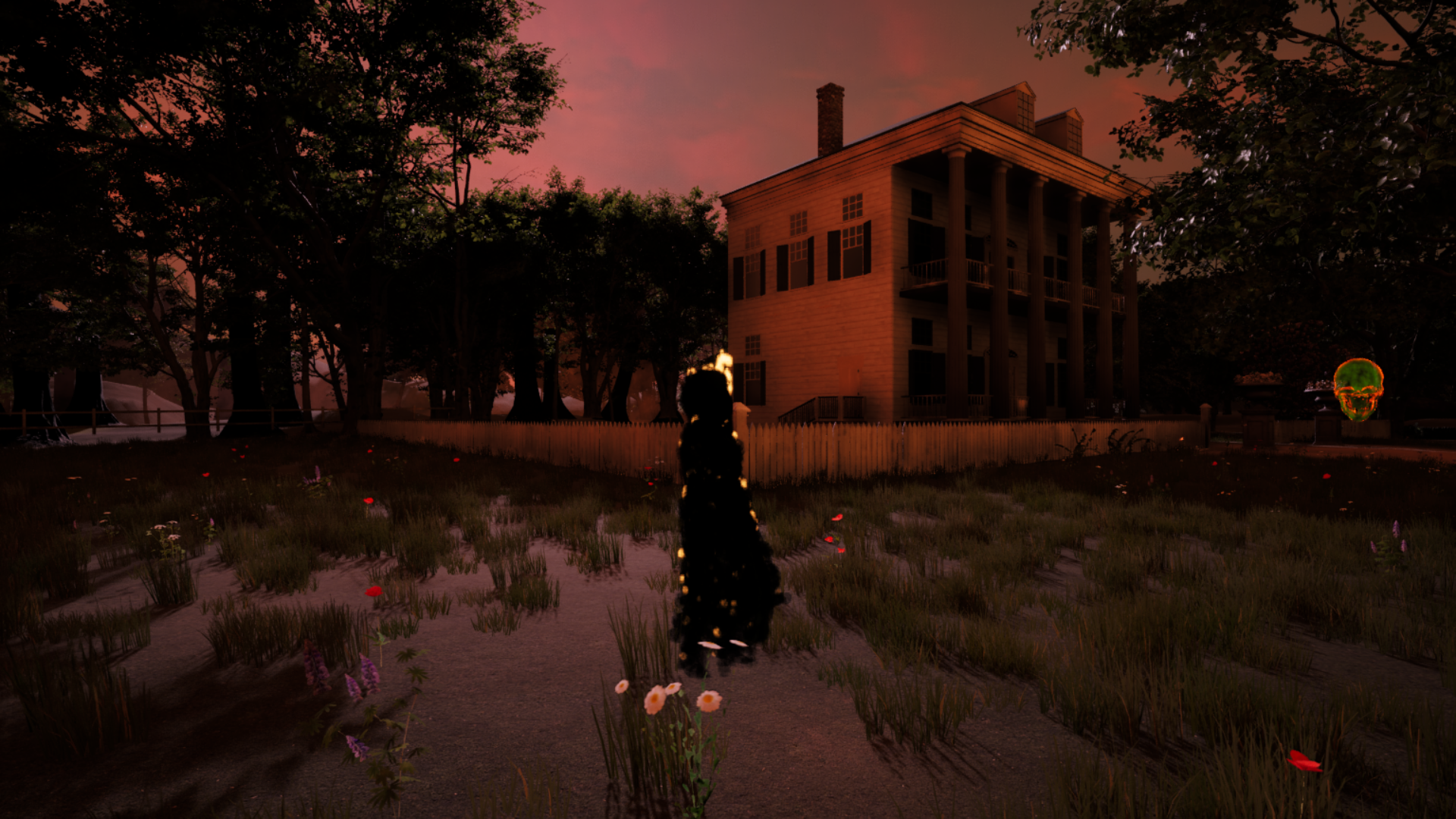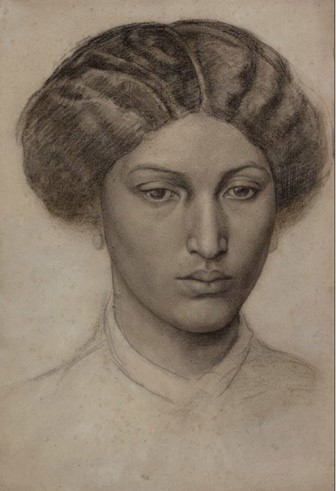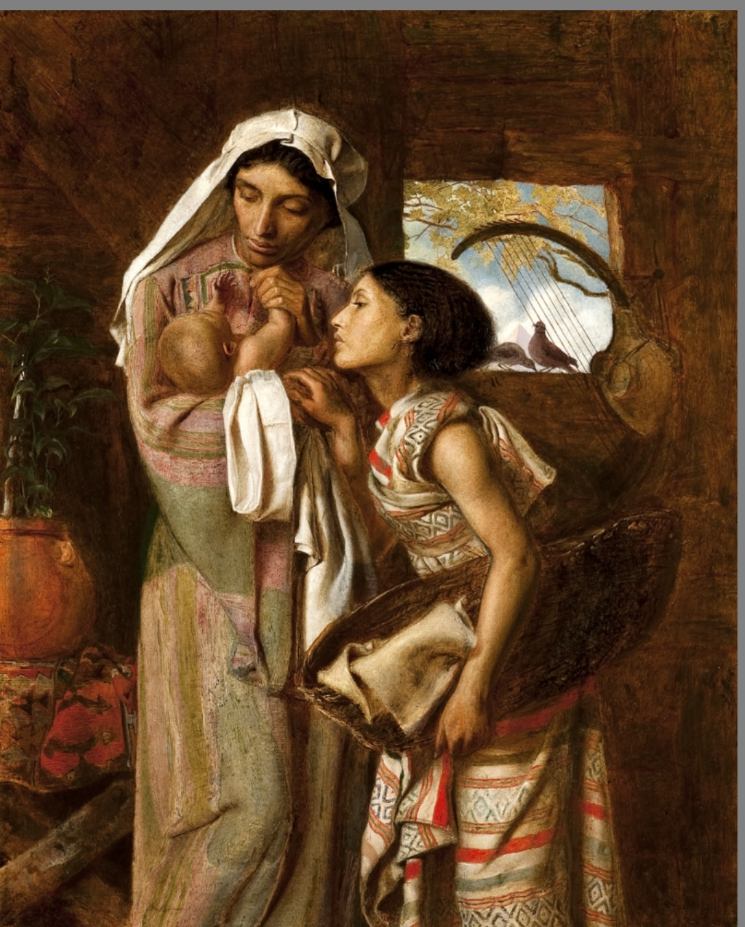lesson 5:
Fanny Eaton as Black Briton, Victorian Woman, and Pre-Raphaelite Model

LESSON OBJECTIVES:
At the end of this lesson, students will be able to
1. Discuss Fanny Eaton’s life in Victorian Britain
2. Analyse how cultural factors influence how Eaton was portrayed in Pre-Raphaelite paintings


Dante Gabriel Rossetti, “Study of a Young Woman” 1864-5, Cantor Center for Visual Arts, Stanford
The study above, like many portraits of Black people, is not identified by Rossetti, but we know her to be Fanny Eaton, born just after abolition in Jamaica in 1835. She travelled with her mother to London in the 1840s, and we know from census records that she was working as a domestic servant with her mother by the age of 16. She may or may not have married horse-cab driver James Eaton from Shoreditch, but she took his name and together they had ten children between the years 1858 and 1879. She began to model at the Royal Academy soon after the birth of her first child, and the last known painting of her is John Everett Millais’s “Jephthah”. She continued working in domestic service throughout the nineteenth century, living with her daughter Julia’s family. She died in 1924 at the age of 88. Most of this information comes from public and private records, including census records, church records, and payment records. There are no letters or diaries, no interviews with the papers, that tell us how Fanny Eaton felt about modelling, why she took it up, or why she stopped.
Who was Fanny Eaton?
Discussion Question: Given what you have learned about the lives of women and Black people in Victorian Britain, why do you think Fanny Eaton might have decided to become an artist’s model? What might she have worried about? What might she have hoped to achieve? Can you think of any ways we might find out more about Fanny Eaton?
Eaton as Exotic Other
Fanny Eaton was used in paintings by the Pre-Raphaelites most often when they painted Biblical scenes, but she was also used in paintings where she was depicted as ambiguously racialised (Dante Gabriel Rossetti had to point out to Ford Madox Brown that Eaton was “not a Hindoo”). She rarely got to be herself in paintings, and certainly was not depicted as a Jamaican. Her ability to model many different racialised identities may have helped her to get work, but it further erases her identity as a Jamaican woman.
While the Pre-Raphaelite painters used her services frequently, the public opinion of their paintings of her was mixed. When Simeon Solomon painted her as the mother of Moses, the Athenaeum’s art critic complained that “The model chosen by the artist was far too black, and he has failed to eliminate that appearance” (“Far too black”: Fanny Eaton, Simeon Solomon, and The Mother of Moses v2).
Discussion: How might Victorian attitudes toward race have influenced the Pre-Raphaelites’ use of Eaton as a Biblical model, as well as the public reaction against it?
Final Writing Assignment


Simeon Solomon, “The Mother of Moses” 1860, Delaware Art Museum
Look at paintings of Fanny Eaton (you can find several reproductions on the internet). Choose three paintings, at least one of which names Eaton as the model, and discuss them. What do the paintings tell us about Fanny Eaton’s character, the Pre-Raphaelites’ artistic values, and/or Victorian society?
